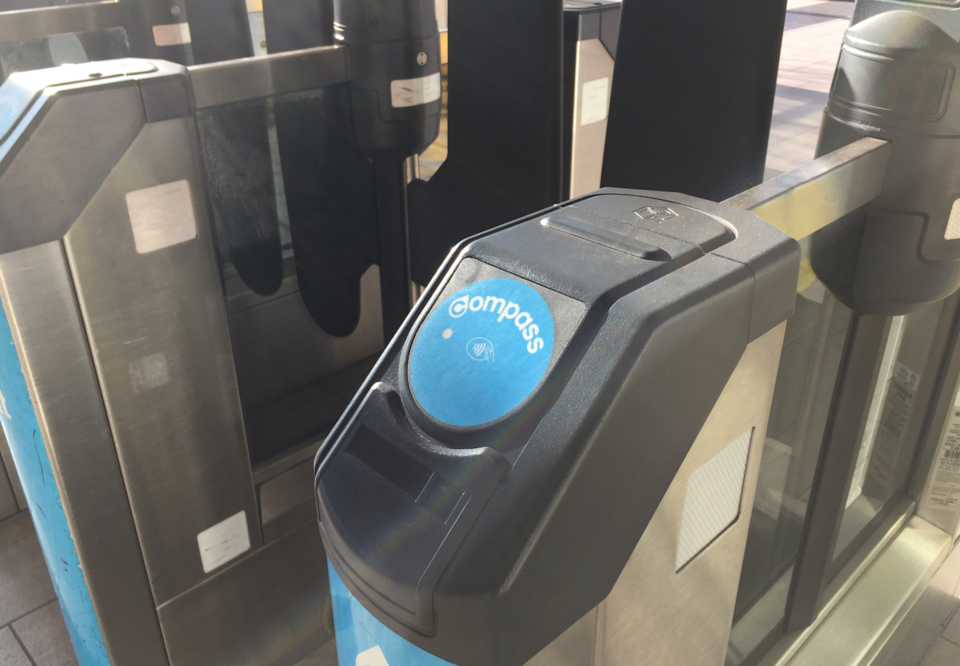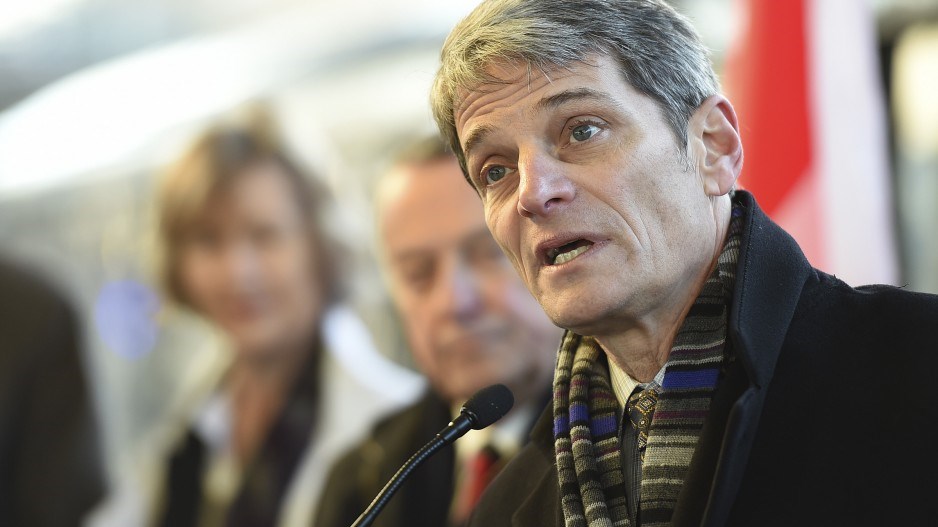TransLink wants to raise all-time-high transit ridership even higher in Metro Vancouver with new projects and modifications to its Compass card fare system.
Long-sought major projects, such as the Millennium Line extension underneath Broadway to Arbutus Street and light-rail transit in Surrey, are high on the agenda for Metro Vancouver’s transit authority.
TransLink CEO Kevin Desmond, however, told Business in Vancouver January 26 that other initiatives are afoot to try to get more Compass cards into the hands of Vancouverites and to make the transit system more accessible for tourists. He calls this project Compass 2.0.
“It’s possible, maybe by the end of this year or the following year, that we will have open payment on Compass, where you’re able to just tap a credit card and go though [fare gates],” Desmond said.
“That really helps for visitors to the region.”
Other aspects of Compass 2.0 include possibly linking a Mobi by Shaw Go bike-share membership to the Compass cards or linking pre-paid BC Ferries fares onto the cards, Desmond said.
BC Ferries spokeswoman Deborah Marshall told BIV that her organization would have to install new technology in order to facilitate the linking of fares to Compass cards.
Mobi by Shaw Go general manager Mia Kohout told BIV in December that there are no plans to link the bike-share program’s digital fobs with Compass cards but that the idea sounds “wonderful.”
Metro Vancouver transit stations have fare machines that accept credit cards and dispense tickets that are then scanned by Compass card readers, but passengers cannot directly use credit cards at Compass gates or on buses.
Desmond hailed the Compass card system as a success in part because TransLink counted 384.83 million separate boardings on SkyTrain, SeaBus, West Coast Express and Coast Mountain Bus Co., combined, in 2016.
He said that figure was 4.5% higher than in 2015 – though different counting methods were in place before Compass cards were introduced to the public in December 2015, and TransLink closed SkyTrain station gates starting in April.

(Image: Compass card fare gates, such as these at Olympic Village station, do not currently accept credit card payments | Glen Korstrom)
Now, more than 95% of all TransLink transactions take place using the blue plastic cards.
More than one million Compass cards are in use, which means that more than 40% of people in the region have one, Desmond added.
“If you’ve got a chip Visa or MasterCard, just using basic RFID [radio-frequency identification], we have the ability, with some tinkering, to adjust the Compass card system to allow those cards to be used,” he said. “It’s designed to do that.”
Before Desmond became TransLink’s CEO in March, he worked as general manager of Seattle’s King County Metro Transit – a system that he said would not be able to use credit cards without an extensive and costly upgrade and redesign.
His biggest priority is to reduce passenger wait times by increasing bus, SeaBus, SkyTrain and West Coast Expresss frequency. He said he expects a 10% increase in bus frequency by 2020.
Another priority is to get sufficient funding to expand what is now the world’s largest fully automated rapid transit system.
That’s why he is looking ahead to the February 21 provincial budget and the next federal budget, which will likely be tabled in late February.
Although Prime Minister Justin Trudeau has promised $120 billion in infrastructure spending over the next 10 years and has committed to support 50% of the cost of the Broadway Line, Desmond would still like to see a line item for that in the budget.
“We’re working to get as much for British Columbian transit as we can,” he said.
“We’d like them to provide funding for their share for our entire 10-year plan on the capital side, not the operating side.” •




